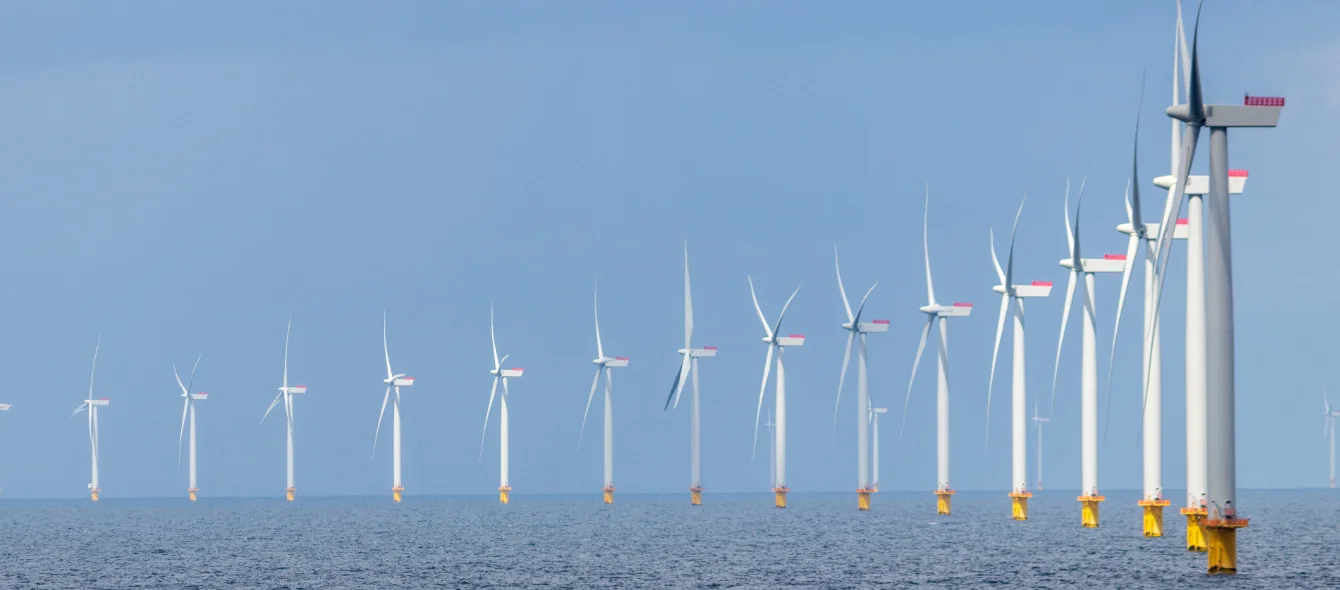Cost reductions for offshore wind have been much more dramatic than expected, according to a new study, Offshore wind competitiveness in mature markets without subsidy, conducted by an international research team led by Imperial College London (ICL), and published in the journal Nature Energy in late July.
They have fallen so far that not only is offshore wind now competitive with fossil fuel generation, according to the report, but the UK’s latest auction, held last year, is likely to result in wind farms which repay money to the state rather than draw on public subsidies, which is great news for consumers. The implications go even further for the energy transition. Subsidy-free clean energy means numerous sector-coupling applications that could not have been imagined as cost-competitive just a decade ago are now within reach, the researchers say.
Gathering evidence
Five countries in Europe have held a total of 17 offshore wind auctions to date. However, the results — expressed as euros or pounds per MWh of electricity generated — defy easy comparison because of differences in the auction rules and design.
Zero bids have been seen in the Netherlands and German, for example, but these would not be possible under the UK or Danish systems. One of the biggest differences is that, in the UK, auction bids include the cost of connecting to the grid, whereas in other European countries, this cost is the responsibility of the transmission system operator.
Data harmonisation
The challenge facing the ICL team was to harmonise all the data to allow comparison against one standard model, in this case the UK model, where grid connection and site development costs are included, prices are adjusted for inflation and the support scheme lasts 15 years. The researchers worked out the harmonized expected revenues of each wind farm and then compared it with the expected revenues which would be generated from the wholesale electricity market alone.
The difference between the two measures indicates how much subsidy each wind farm is likely to receive. If the two measures are the same, the project is subsidy free.
Subsidy-free results
The researchers found that if the costs of grid connection are socialised – i.e. shared between all consumers – the cheapest bids in the latest UK auction would mean a negative subsidy of €12/MWh. If the grid costs are paid for by the developer and there is no growth in market prices, the subsidy is just $2/MWh. However, if prices rise by only a small amount (0.28% a year), which is less than the historical average, even this small subsidy is eradicated.
Certainty over profits
In effect, the researchers say, developers have traded in some potential profits for the certainty of a fixed revenue stream via a contract for difference (CfD).
Under a ‘two-sided’ CfD, the winning bid price acts as a guarantee for both consumers and developers. If wholesale prices turn out to be lower than this ‘strike price’, support goes to the developer, but if wholesale prices are higher than the strike price, the developer pays the difference back to the state. With a predictable income stream, developers can go to banks to raise finance. The CfD scheme thus acts to mobilise private capital for the energy transition.
As a result, the researchers argue, rather than abandoning CfDs because offshore wind has become competitive, they should continue to be used as a policy tool.
Subsidy-free era begins
Over the last five years, the researchers found that the price paid for power from offshore wind farms across northern Europe fell by about 11.9% a year, or €10.20/MWh each year.
The ICL team said that based on recent auctions, “the era of subsidy-free wind farms will begin in 2023 or in 2024,’ and that, by 2025, offshore wind farms on average will be subsidy free.”
Photo credit: RWE
